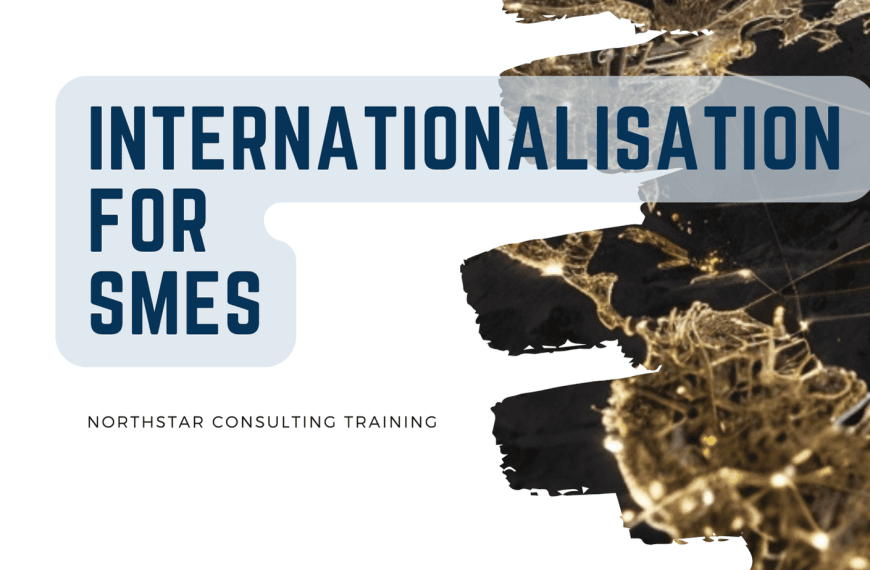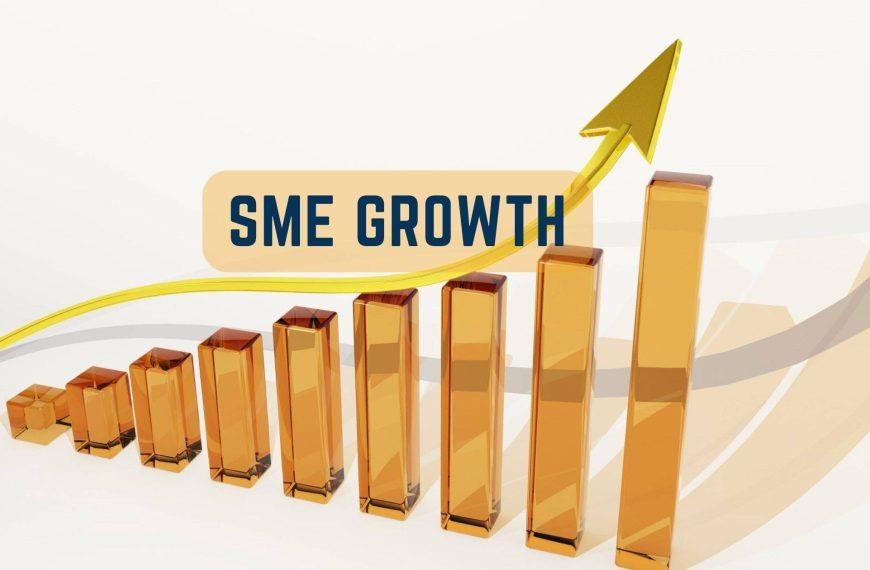In our previous article, we explored what is tangibly and realistically achievable with existing blockchain technologies.
Therefore, we will expand on those points and dive into the strategic advantages blockchain offers in terms of reputation: transparency, trust, efficiency, and innovative thinking.
In fact, we strongly believe that by realistically assessing blockchain’s current applications and finding ways to integrate this technology into your own business, you can enhance operations, build trust, streamline processes, and even secure financing.
Trust and Transparency
One of the most compelling benefits of blockchain technology is its ability to enhance trust and transparency within business operations.
Blockchain’s decentralised nature ensures that data is shared across a network, with every transaction recorded securely and transparently. This fosters greater collaboration among stakeholders and reduces errors and fraud.
Blockchain Verification for Boutique Fashion Brands
The fashion and apparel industry, from global names to smaller labels, is increasingly exploring blockchain for its benefits. Our comprehensive report, Blockchain and the Luxury Market,” delves into these examples. For fashion and luxury brands where ethical sourcing and sustainability are crucial, blockchain offers a way to provide transparent verification of supply chains.
Using a blockchain-based verification system, such as QR codes on product labels, allows SMEs to transparently showcase the origins of raw materials and labour conditions. This enhances a brand’s reputation for sustainability and ethical practices.
Provenance is a notable example; the flexibility of this specific project may allow working with fashion brands to trace material origins and ensure transparency.
For a small, boutique fashion brand, this may realistically mean that with a modest budget -not necessarily small- there are opportunities to set up a customised blockchain solution .
For example, integrating IoT devices like NFC chips, brands can link physical products to their digital counterparts on the blockchain. This approach not only differentiates them from fast fashion but also appeals to consumers who value transparency and ethical sourcing. However, most importantly, it makes the process traceable and transparent.

Construction: a viable opportunity for blockchain?
The construction industry is a major contributor to the UK economy, employing approximately 2.5 million people and generating around £118 billion to the economy. Despite a downturn in the sector’s value in the period April-June 2024, there are still significant opportunities for innovation.
Blockchain technology can streamline collaboration between contractors, suppliers, and regulators. By leveraging a blockchain platform, all parties involved can access shared information, such as contract agreements and delivery schedules, which helps reduce the risk of fraud and disputes. The Construction Blockchain Consortium is an example of an initiative using blockchain to improve project management and transparency.
However, smaller construction companies might face budget constraints that necessitate a strategic approach. Instead of implementing a comprehensive blockchain solution, it may be more feasible for these companies to identify specific use cases where blockchain can provide clear benefits. This is due to the generally high costs associated with blockchain technology and the construction industry as a whole.
International trade also benefits from blockchain’s transparency. SMEs involved in global supply chains can use blockchain to create a single, decentralised ledger for all documents and transactions, reducing inefficiencies and fraud. TradeLens, a blockchain platform developed by Maersk and IBM, digitises complex logistics processes, allowing SMEs to collaborate more effectively with global partners.
International Trade and the Public Sector
Blockchain’s role in ensuring accountability is also significant.
For SMEs bidding on government contracts, blockchain can record dealings transparently, demonstrating compliance with regulations and ethical standards. South Korea’s blockchain-based procurement system is a prime example, enhancing transparency and fairness in government contracts.
Financing & Cost Reduction through Blockchain
The sector that is truly being revolutionsed by blockchain technology is finance and how SMEs access financing and managing costs.
Innovative models such as tokenization, crowdfunding, peer-to-peer (P2P) lending, and security token offerings (STOs) address many challenges posed by traditional financing methods and provide new opportunities for capital and cost efficiency.
Tokenization
Tokenization enables SMEs to convert assets like real estate or intellectual property into digital tokens on a blockchain. These tokens can be sold to investors, broadening the pool of potential backers.
RealT, for instance, has successfully tokenized real estate properties, allowing small businesses to raise capital by selling fractional ownership to global investors. This method democratises access to funding, offering opportunities for businesses and investors alike.

Blockchain-Based Crowdfunding
Blockchain-based crowdfunding platforms provide SMEs with alternatives to traditional crowdfunding methods like Kickstarter.
By issuing tokens or smart contracts on blockchain networks, SMEs can raise funds directly from the public, reducing fees and intermediaries. Golem exemplifies this approach by raising capital through a token sale on the Ethereum network, bypassing conventional venture capital routes. This model allows businesses to connect with a global investor base while minimising costs.
Peer-to-Peer (P2P) Lending
P2P lending platforms use blockchain to connect SMEs with individual lenders, offering lower interest rates and easier access to loans.SMEs can secure loans more easily and cost-effectively, benefiting from streamlined processes and reduced reliance on banks.
Security Token Offerings (STOs)
STOs enable SMEs to issue blockchain-based tokens representing shares or securities in their business. Platforms like Polymath assist in launching STOs, providing SMEs with access to a global pool of investors while simplifying regulatory compliance. This approach allows businesses to raise capital efficiently and reach a broader audience with fewer barriers.
Cost Reduction through Blockchain
Blockchain also facilitates significant cost reductions through smart contracts, which automate processes by executing contract terms directly in code. This eliminates the need for intermediaries and reduces operational expenses.
Additionally, blockchain-based payment systems like Ripple and Stellar enable SMEs to make instant, low-cost cross-border payments. These systems reduce transaction fees and expedite payment processes, enhancing cash flow and lowering the costs associated with traditional banking methods.
Smoking Mirrors vs Opportunities
In our research and client work, we often encounter outdated resources, misleading press releases, and failed blockchain projects—issues that highlight the complexities and high costs associated with blockchain development.
Finding skilled blockchain developers who can create reliable solutions for SMEs is a significant challenge.
To effectively leverage this technology, SMEs must thoroughly test it to understand its added value, evaluate necessary budgets, and assess required training. Without the right mindset and strategic planning, blockchain can transform from an opportunity into a costly venture.
Cost and Resource Constraints
Initial Costs: Blockchain requires significant upfront investment in hardware, software, and expertise, which can be prohibitive for SMEs.
Ongoing Maintenance: The complexity of blockchain demands regular updates, straining SME resources.
Training: Developing in-house blockchain skills can be time-consuming and expensive.
Technical Challenges
Scalability: Current blockchain networks face limitations in transaction speed and capacity.
Integration: Merging blockchain with existing outsourced IT systems can be complex.
Energy Use: Some blockchain models, like Proof-of-Work, have high energy demands, raising costs and environmental concerns.
Regulatory Environment
UK Landscape: Evolving regulations create uncertainty for SMEs, despite the government’s push for innovation.
Compliance Costs: SMEs face high costs in adhering to blockchain regulations, especially when trading internationally.
Market and Partner Considerations
EU and US Markets: Post-Brexit and US state-level regulations present additional complexity for SMEs trading in these regions.
Emerging Markets: Regulatory frameworks in emerging markets may lack the development needed for smooth blockchain adoption.
Adoption and Trust Issues
Lack of Standards: Interoperability issues arise due to the absence of standardized blockchain protocols.
Security Concerns: Fear of cyber threats and irreversible transactions can make SMEs wary.
Limited Understanding: Hesitation in adoption often stems from a lack of understanding about blockchain’s benefits.
Key Takeaways
Blockchain technology presents a compelling array of opportunities for SMEs, from enhancing transparency and trust to streamlining operations and securing financing. Yet, its adoption is not without challenges, including high costs, technical limitations, regulatory uncertainties, and practical implementation issues.
For SMEs, integrating blockchain can offer significant advantages, but it requires a strategic approach to overcome the hurdles.
At NorthStar, we are dedicated to helping SMEs navigate these complexities. Whether you need a tailored assessment of blockchain’s feasibility, insights into its practical applications, or assistance with integrating this technology into your business, our team is ready to support you.
Get in touch with us to discover how we can work together to assess your unique situation and unlock the full potential of blockchain technology for your business. Let us help you turn these opportunities into tangible results.





